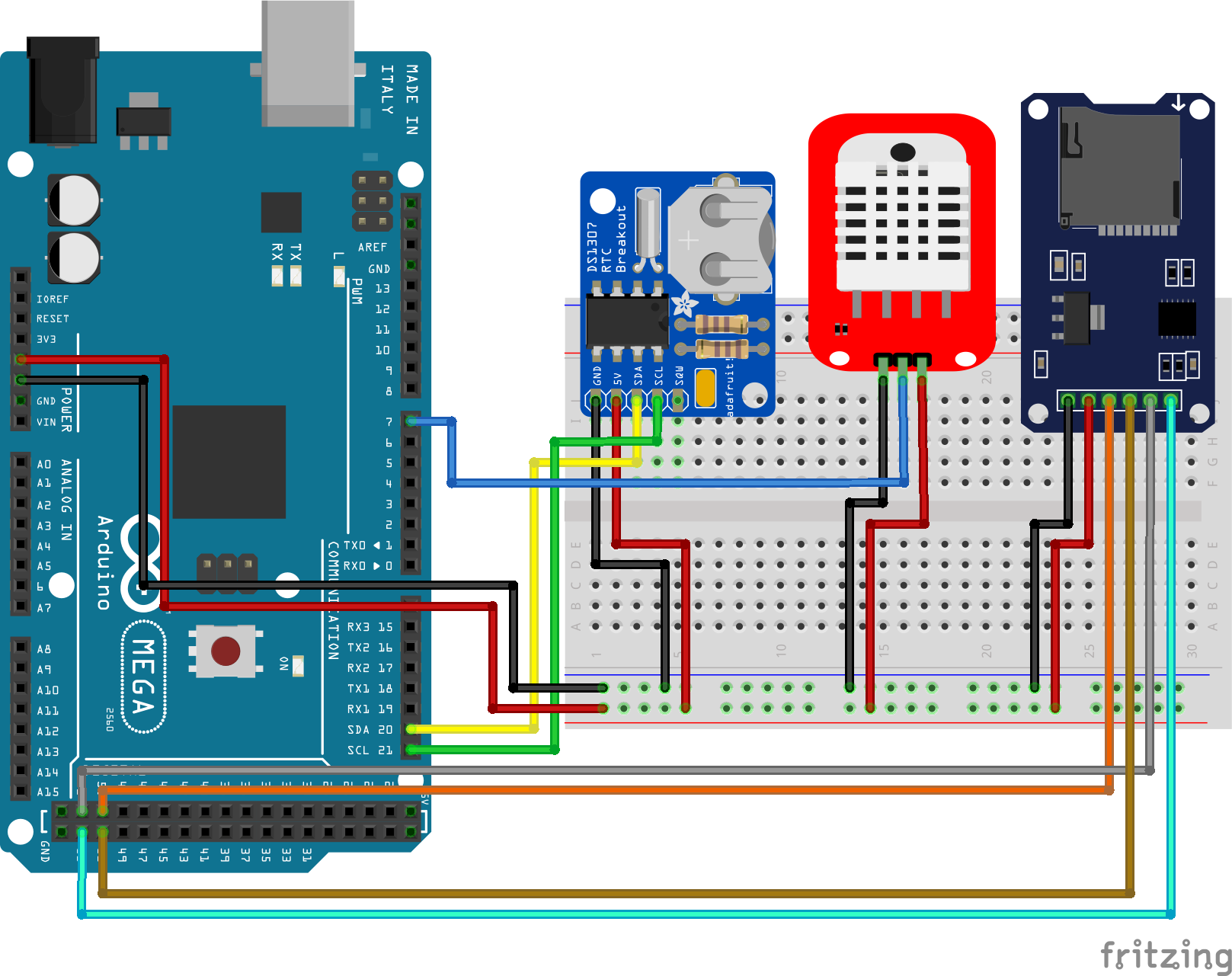


You can also use this link for more detailed instructions. Search for RP2040_SD, then select / install the latest version. The best and easiest way is to use Arduino Library Manager. Earle Philhower's arduino-pico core v1.10.0+ for RP2040-based boards such as RASPBERRY_PI_PICO, ADAFRUIT_FEATHER_RP2040 and GENERIC_RP2040, etc.Arduino mbed_rp2040 core 2.7.2+ for Arduino (Use Arduino Board Manager) RP2040-based boards, such as Arduino Nano RP2040 Connect, RASPBERRY_PI_PICO, etc.using either Arduino-mbed RP2040 core or Earle Philhower's arduino-pico core. RP2040-based boards such as NANO_RP2040_CONNECT, RASPBERRY_PI_PICO, ADAFRUIT_FEATHER_RP2040 and GENERIC_RP2040, etc.It's better to use the built-in SD library for Earle Philhower's arduino-pico core v1.8.6+.īut if you need to write codes to be used in both Arduino-mbed RP2040 core and Earle Philhower's arduino-pico core without having to modify the code, you can have the option to use this library.

This library was created as an effort to use SD Card while the arduino-pico core still has issue SD card FILE_WRITE issue #214, which has been fixed from core v1.8.6. If the SD card is the only SPI device, use dedicated SPI mode. exFAT has excellent support for contiguous files on flash devices and supports preallocation. It is mostly backward compatible with SdFat Version 1 for FAT16/FAT32 cards.ĮxFAT supports files larger than 4GB so files sizes and positions are type uint64_t for classes that support exFAT.ĮxFAT has many features not available in FAT16/FAT32. SdFat Version 2 supports FAT16/FAT32 and exFAT SD cards. This is an Arduino library for RP2040-based SPI SD Cards. An application that does not require a strong CPU but needs plenty of GPIO will do well with the Mega.Īnalog projects can be done with all the Arduino boards, but the Due stands out with 12 analog inputs and 2 analog outputs.Why do we need this RP2040_SD library Features If a project requires plenty of GPIO, the Due and Mega are the obvious choices. The UNO and Nano use the same processor which means that in terms of hardware and peripherals the UNO and Nano are identical. While the Mega is a large Arduino with plenty of GPIO, its CPU speed is still the same as that found on the UNO and Nano (same Mega family) and so there is no speed advantage to using the Mega. If a project requires high processing power, the Due comes out on top with its powerful ARM core and large RAM/ROM. The Mega and Due are much larger boards which makes them difficult to use in space restricted applications. The UNO is a medium sized development board but is still small enough to be mounted to many projects including remote-controlled devices such as RC cars and boats. When it comes to physical dimensions the Arduino Nano is the smallest and is a very portable device. When looking at hardware the following should be considered: While the cost aspect of each Arduino is obvious (the lowest cost option is always the preference), the hardware may not be so easy to determine. The deciding factor each project will use comes down to two basic things: hardware and cost. This means that you are unlikely to fall into device-specific traps that could prevent a piece of code from working because of hardware configurations or inherent bugs.Īrduino code can be easily transferred to different boards with virtually no changes which is highly beneficial to any designers wanting to change their mind about what board their project will use. Now that we looked at some of the details about each board, optimal uses of each board can be determined.Īlthough the UNO is the most popular board, all boards have excellent support through online forums thanks to the common architecture and the use of a common language and IDE.


 0 kommentar(er)
0 kommentar(er)
